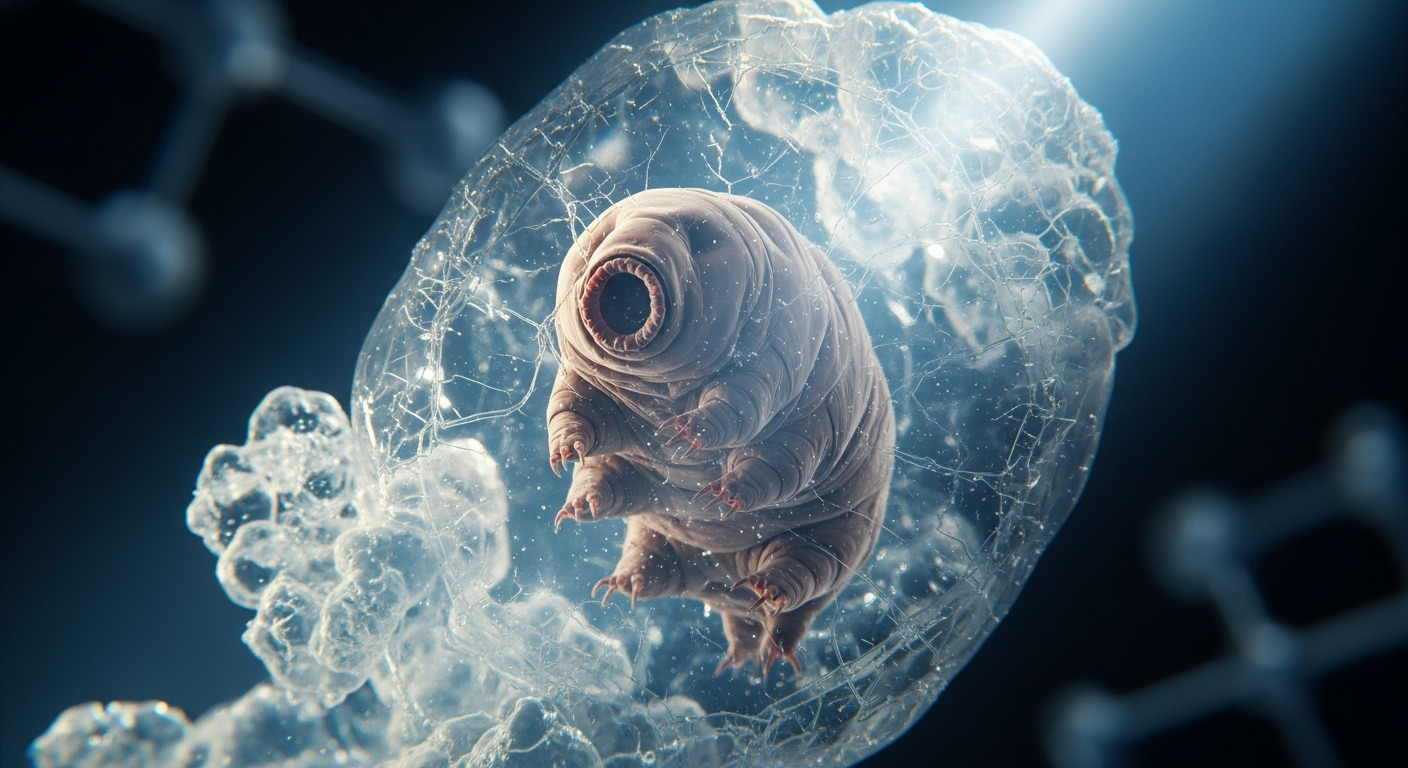Exploring the Enigmatic World of Tardigrades: Earth's Toughest Micro-Animals
Ever wondered about nature's ultimate survivors? Meet tardigrades, microscopic creatures that defy the laws of survival. These tiny titans, also known as water bears or moss piglets, are revolutionizing our understanding of life's resilience. From the deepest ocean trenches to the vacuum of space, tardigrades thrive where no other life can. Let's dive into the fascinating realm of these extraordinary beings and uncover their secrets.

A Journey Through Time: The Evolution of Tardigrades
Tardigrades have a long and intriguing evolutionary history, dating back over 530 million years. Fossil records suggest that these resilient creatures have remained largely unchanged since the Cambrian period. Their unique adaptations have allowed them to survive multiple mass extinction events that wiped out countless other species. This remarkable longevity has made tardigrades a subject of intense scientific interest, offering insights into the mechanisms of evolution and survival.
Unraveling the Secrets of Tardigrade Biology
The key to tardigrade survival lies in their unique biology. When faced with extreme conditions, tardigrades can enter a state called anhydrobiosis, where they expel almost all water from their bodies and produce a special sugar called trehalose. This sugar forms a protective gel-like substance around their vital organs, preserving them in a glass-like state. Additionally, tardigrades possess special proteins that protect their DNA from damage caused by radiation and other environmental stressors.
Tardigrades in Scientific Research: Pushing the Boundaries of Life
The extraordinary abilities of tardigrades have not gone unnoticed by the scientific community. Researchers are studying these micro-animals to unlock the secrets of extreme survival, with potential applications in fields ranging from medicine to space exploration. Scientists are exploring ways to adapt tardigrade proteins for use in protecting human cells from radiation damage during cancer treatments or long-term space missions. The study of tardigrade DNA repair mechanisms could also lead to breakthroughs in treating genetic diseases.
Tardigrades and Space Exploration: Life Beyond Earth?
The space-faring capabilities of tardigrades have captured the imagination of astrobiologists. These tiny creatures have survived exposure to the harsh conditions of outer space, leading scientists to speculate about the possibility of life existing on other planets. Tardigrades serve as a model for understanding how life might adapt to extreme environments beyond Earth. Some researchers even propose using tardigrades in terraforming experiments on other planets, potentially paving the way for future human colonization.
The Ecological Importance of Tardigrades
Despite their microscopic size, tardigrades play a crucial role in various ecosystems. They are found in diverse habitats, from the depths of the ocean to the peaks of mountains, and even in your backyard. Tardigrades contribute to nutrient cycling and serve as prey for larger microorganisms. Their presence in an ecosystem can be an indicator of environmental health, making them valuable subjects for ecological studies and conservation efforts.
Tardigrades in Popular Culture: From Science to Sci-Fi
The unique characteristics of tardigrades have not only fascinated scientists but have also captured the public imagination. These resilient creatures have made appearances in science fiction literature, television shows, and even video games. Their alien-like appearance and extraordinary abilities have inspired artists and storytellers, cementing their place in popular culture. This growing awareness has led to increased public interest in microbiology and the wonders of the natural world.
Challenges in Tardigrade Research: Uncharted Territory
Despite growing interest, tardigrade research faces several challenges. Their microscopic size makes them difficult to study, and many aspects of their biology remain mysterious. Scientists are still working to fully understand the mechanisms behind their extreme survival abilities. Moreover, there are concerns about the potential environmental impact of increased tardigrade collection for research purposes. Balancing scientific inquiry with conservation efforts remains an ongoing challenge in the field.
The Future of Tardigrade Studies: A New Frontier in Biology
As technology advances, so does our ability to study these fascinating creatures. New imaging techniques and genetic analysis tools are providing unprecedented insights into tardigrade biology. Future research may focus on harnessing tardigrade survival mechanisms for human benefit, such as developing new preservation techniques for organs or creating more resilient crops. The study of tardigrades continues to push the boundaries of our understanding of life’s potential and resilience.
Embracing the Lessons of Earth’s Tiniest Survivors
Tardigrades, with their extraordinary abilities and ancient lineage, offer a unique perspective on life’s tenacity. As we continue to unravel their secrets, these micro-animals challenge our understanding of what it means to be alive and thrive. From inspiring scientific breakthroughs to capturing our collective imagination, tardigrades remind us of the wonders that exist in the microscopic world around us. Their story is a testament to nature’s ingenuity and the endless possibilities that await discovery in the realm of biology.





